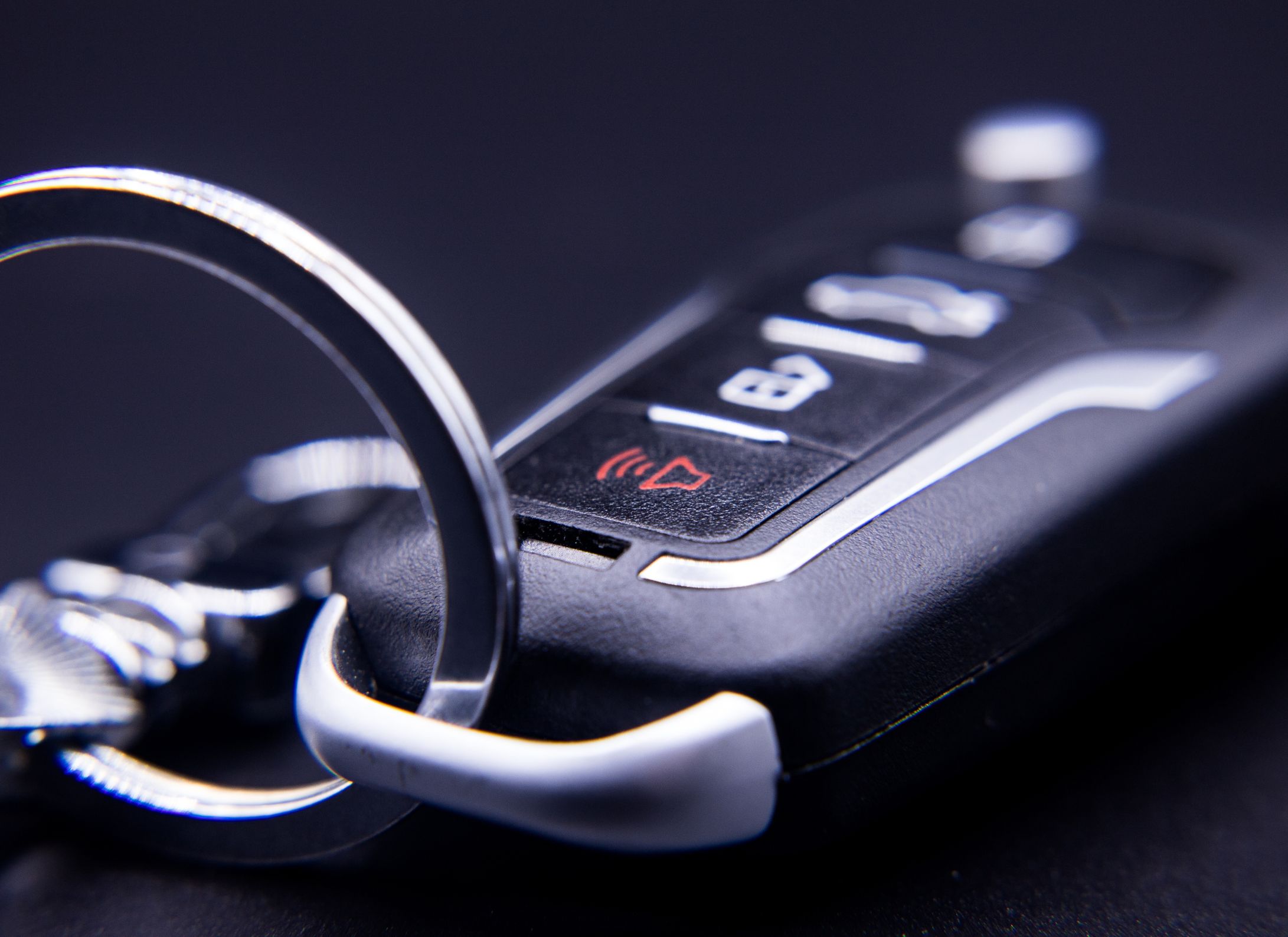In recent years, the automotive industry has undergone a profound transformation, not just in terms of design and performance but also in enhancing safety standards. From advanced sensors to sophisticated software, today’s cars are equipped with an array of cutting-edge car safety features aimed at minimising the risk of accidents and protecting both drivers and passengers. Let’s delve into some of the latest car safety features and understand how they work.
Adaptive Cruise Control (ACC): ACC is an evolution of traditional cruise control systems. It uses sensors, such as radar or cameras, to detect the distance and speed of vehicles ahead. By automatically adjusting the vehicle’s speed, ACC maintains a safe following distance, reducing the likelihood of rear-end collisions. Some advanced ACC systems can even bring the car to a complete stop in heavy traffic and resume driving once the road clears.
Automatic Emergency Braking (AEB): AEB is designed to prevent frontal collisions or mitigate their severity. Using sensors and cameras, AEB monitors the road ahead for obstacles, such as other vehicles or pedestrians. If the system detects an imminent collision and the driver fails to respond in time, it automatically applies the brakes to either prevent the accident altogether or reduce its impact.
Lane Departure Warning (LDW) and Lane Keeping Assist (LKA): LDW alerts drivers when their vehicle begins to drift out of its lane without signalling. LKA takes it a step further by actively steering the vehicle back into its lane if the driver does not respond to the warning. These features are particularly beneficial for preventing accidents caused by drowsy or distracted driving.
Blind Spot Monitoring (BSM): BSM uses sensors to detect vehicles in the driver’s blind spots, typically located to the side and rear of the car. When a vehicle enters the blind spot, the system alerts the driver through visual or auditory cues, helping them make safer lane changes.
Cross-Traffic Alert (CTA): CTA is especially useful when reversing out of parking spaces or driveways. It warns drivers of approaching vehicles or pedestrians from the sides, reducing the risk of collisions in situations where visibility is limited.
Adaptive Headlights: These headlights automatically adjust their brightness and direction based on driving conditions, such as vehicle speed, steering angle, and surrounding traffic. By illuminating the road more effectively without dazzling other drivers, adaptive headlights improve nighttime visibility and enhance overall safety.
Driver Monitoring Systems: Using cameras and sensors, these systems monitor the driver’s behaviour for signs of fatigue or distraction. If the system detects drowsiness or inattention, it can issue alerts or even intervene to prevent accidents.
Collision Avoidance Systems: These systems utilise a combination of sensors, cameras, and radar to detect potential collisions with other vehicles, pedestrians, or obstacles. Depending on the situation, they can automatically steer, brake, or accelerate the vehicle to avoid accidents.
These are just a few examples of the latest car safety features revolutionising the way we drive. As technology continues to advance, we can expect even more sophisticated systems to emerge, further enhancing the safety of vehicles on the road. However, it’s essential to remember that while these features can assist drivers and reduce the likelihood of accidents, responsible driving habits and awareness remain crucial for ensuring road safety. By embracing these innovations and staying vigilant behind the wheel, we can all contribute to a safer driving experience for everyone.



